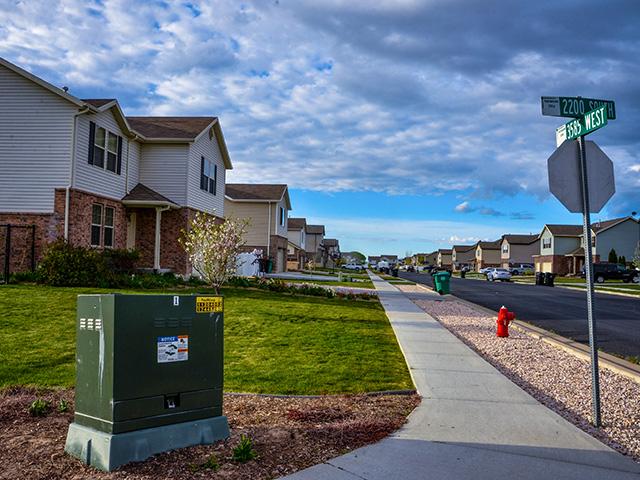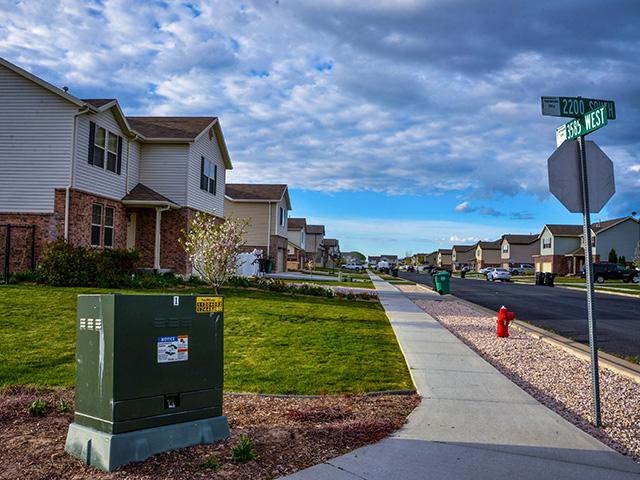An Urban's Rural View
The Suburbs and Rural America Part Company Politically
Everyone talks about the urban-rural divide but the suburban-rural divide yawns wider politically. These days the countryside is voting more Republican than ever, while many suburbs now vote Democratic.
It's an important phenomenon, one well worth exploring in more detail.
The Democrats began to make inroads in the suburbs in the early 1990s and have gained votes there since. Symbolizing this change, in 2016 the Orange County suburbs of Los Angeles, once a bastion of conservatism, voted for the Democratic presidential candidate for the first time in 80 years.
Today more than half of the Democrats' votes come from the suburbs. They still win big in big cities but where they're picking up votes is the suburbs.
Where they've lost ground, big time, is in rural America. By one count, Bill Clinton won 1,100 rural counties in 1996, Barack Obama won 455 in 2008 and Joe Biden won only 200 in 2020. (https://www.nbcnews.com/…) The number of rural Democrats in Congress fell from 61 in 1992 to 11 in 2016.
Donald Trump won the rural vote by a 32-point margin in 2020, up from 25 points in 2016. He lost the suburban vote by an 11-point margin, up from two points in 2016. (https://www.pewresearch.org/…)
P[L1] D[0x0] M[300x250] OOP[F] ADUNIT[] T[]
What is the explanation for this rural-suburban split? One commentator whose work I respect, Thomas Edsall, weighed in on Jan. 25 with a New York Times column titled, "The Resentment Fueling the Republican Party Is Not Coming From the Suburbs." (https://www.nytimes.com/…)
As Edsall and the research papers he cites make clear, the rural-suburban divide doesn't lend itself to simplistic explanations. The suburbs account for much of the complexity. They're the places still up for grabs. While suburbs outside the biggest cities increasingly vote Democratic, those outside smaller cities still tilt Republican.
But the Democrats hardly have a lock on the burbs. Republicans made up lost ground in suburbs across the country in the 2022 elections. As one of the academics Edsall cites, Boston College professor David Hopkins, put it in a 2019 paper, "the suburbanization of the Democratic Party should not be equated, or confused, with the Democratization of the suburbs." (https://www.cookpolitical.com/…)
Demography is giving the Democrats a boost in the burbs. Groups that vote their way, including racial minorities, have been moving there. In many suburbs today, especially near big cities, minority groups are a majority of the voters.
Unlike the suburbs, where new voters account for some of the Democrats gains, rural America has become more Republican largely thanks to voters switching parties. In trying to explain these switches, Edsall reviews differing theories on whether cultural issues or economic concerns are the more important motivations.
Cultural issues like race, gender, guns and abortion get the most nods from his sources. I would love to know what readers of DTN/The Progressive Farmer think. Most of my rural connections are with commercial farmers, and I sense economics is important to the Republicans among them. Among other things, the Democrats are the party of regulation, which they dread.
"Resentment" is an important word in some of the theories: Rural residents think urbanites and suburbanites look down on them and they think they don't get a fair shake from big governments, the media and other urban institutions.
One of Edsall's academic sources told him that her best guess about rural America's "state of mind" was that "it comes down to brain drain and college-educated voters." In her research in Iowa, "kids with degrees were leaving in droves."
Whatever it says about state of mind, it's easy to overplay how important education level is to the way people vote. Non-college-educated voters outnumber the college educated everywhere -- nationally, they were 61% of 2020 voters -- and they vote different ways depending on things like race, income and religious affiliation. (https://docs.google.com/…) Democrats get a higher percentage of votes in coastal states than in heartland states and from the non-college-educated in cities and suburbs than in rural America. (https://www.washingtonpost.com/…)
The income divide deserves more attention. In 2020, Biden won among voters earning less than $50,000 annually by 9 percentage points and among voters over $100,000 by 13. Those between $50,000 and $100,000 favored Trump by five points.
The Democrats say they aren't giving up on winning back the countryside. Maybe that's because there are states that have no significant cities or suburbs; the Dems can only win them by appealing to rural and smalltown voters. Rural residents will surely benefit if both parties are serious about courting them.
But more than half of the nation's 331 million people live in the suburbs. That's where many future elections will be determined. There's still an urban-rural divide, but the suburban-rural divide is the one to watch.
Urban Lehner can be reached at urbanize@gmail.com
(c) Copyright 2023 DTN, LLC. All rights reserved.





Comments
To comment, please Log In or Join our Community .